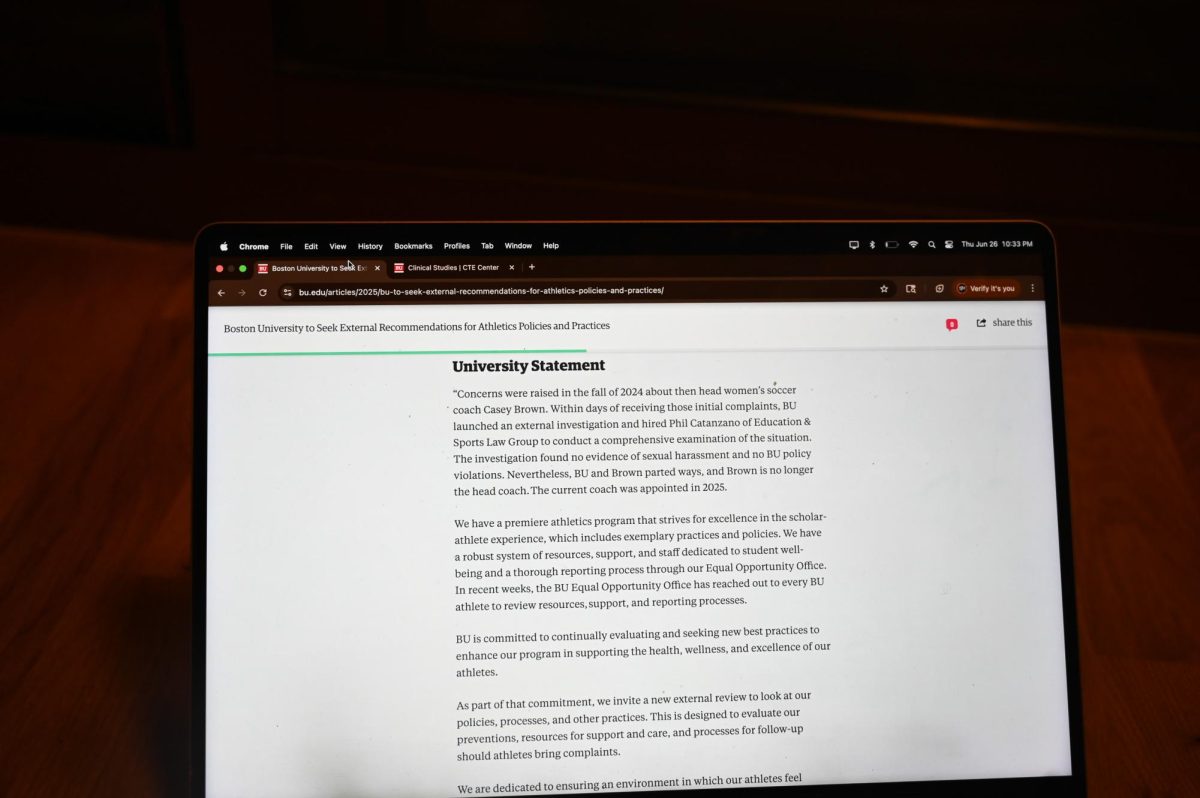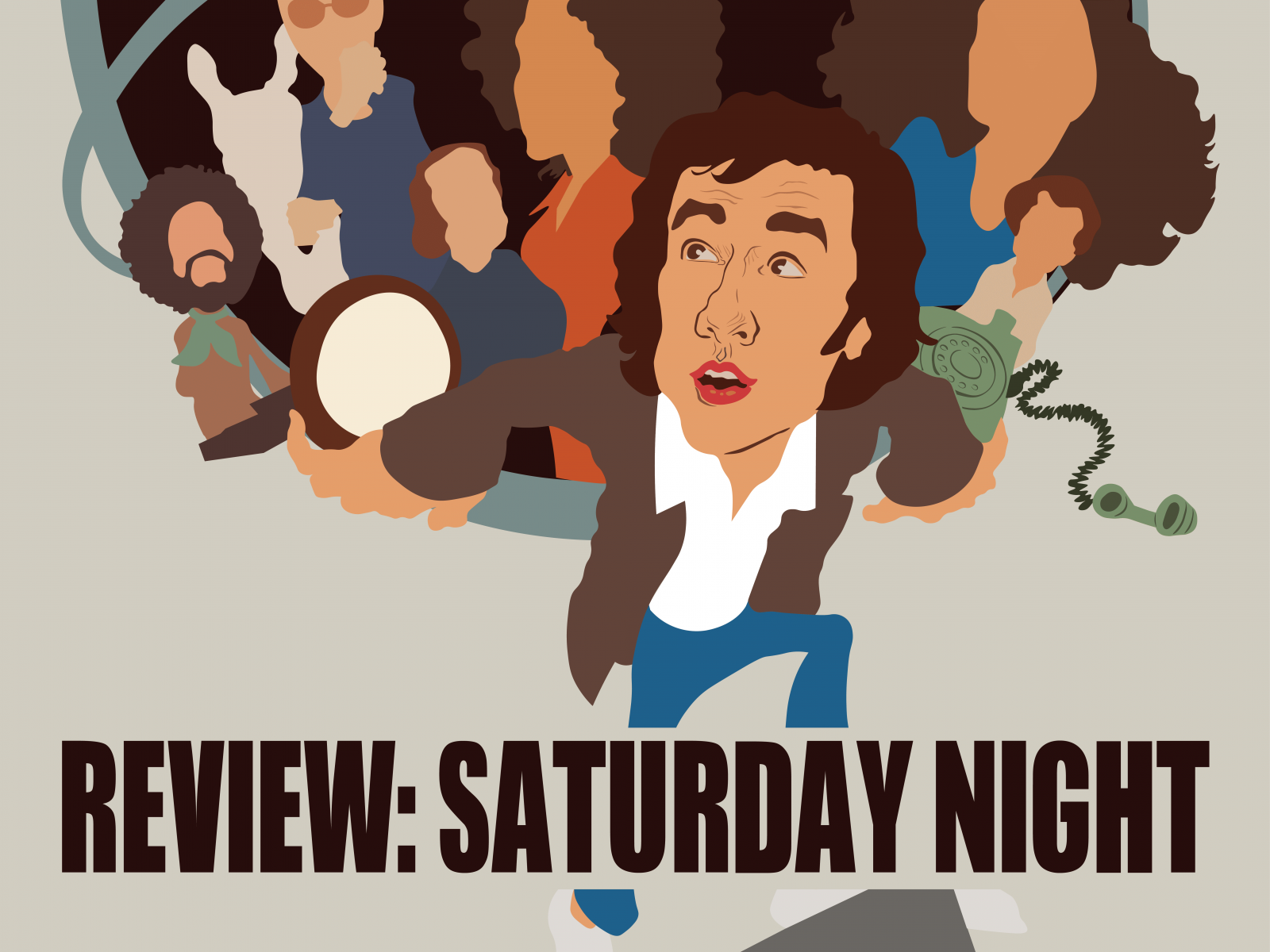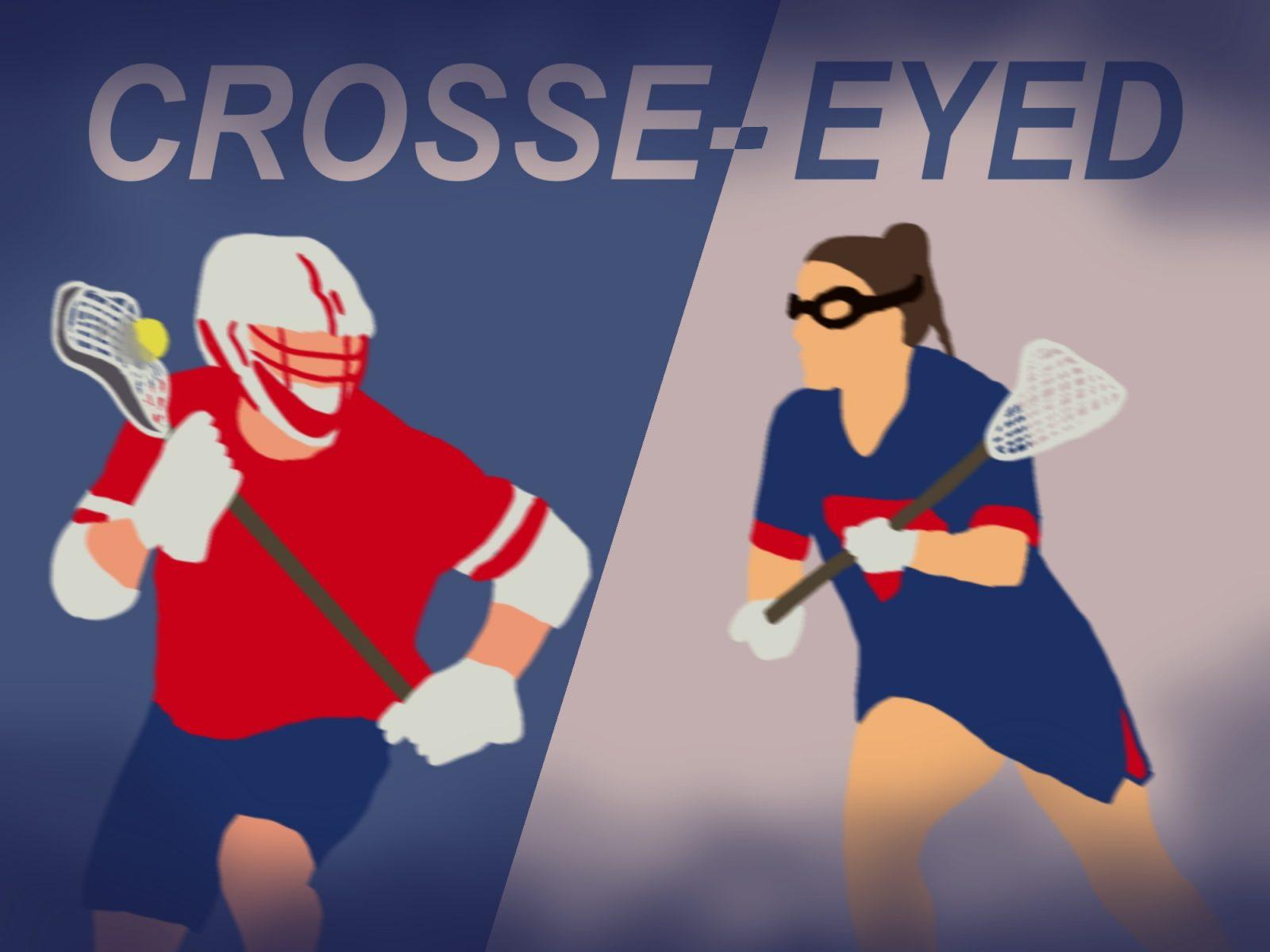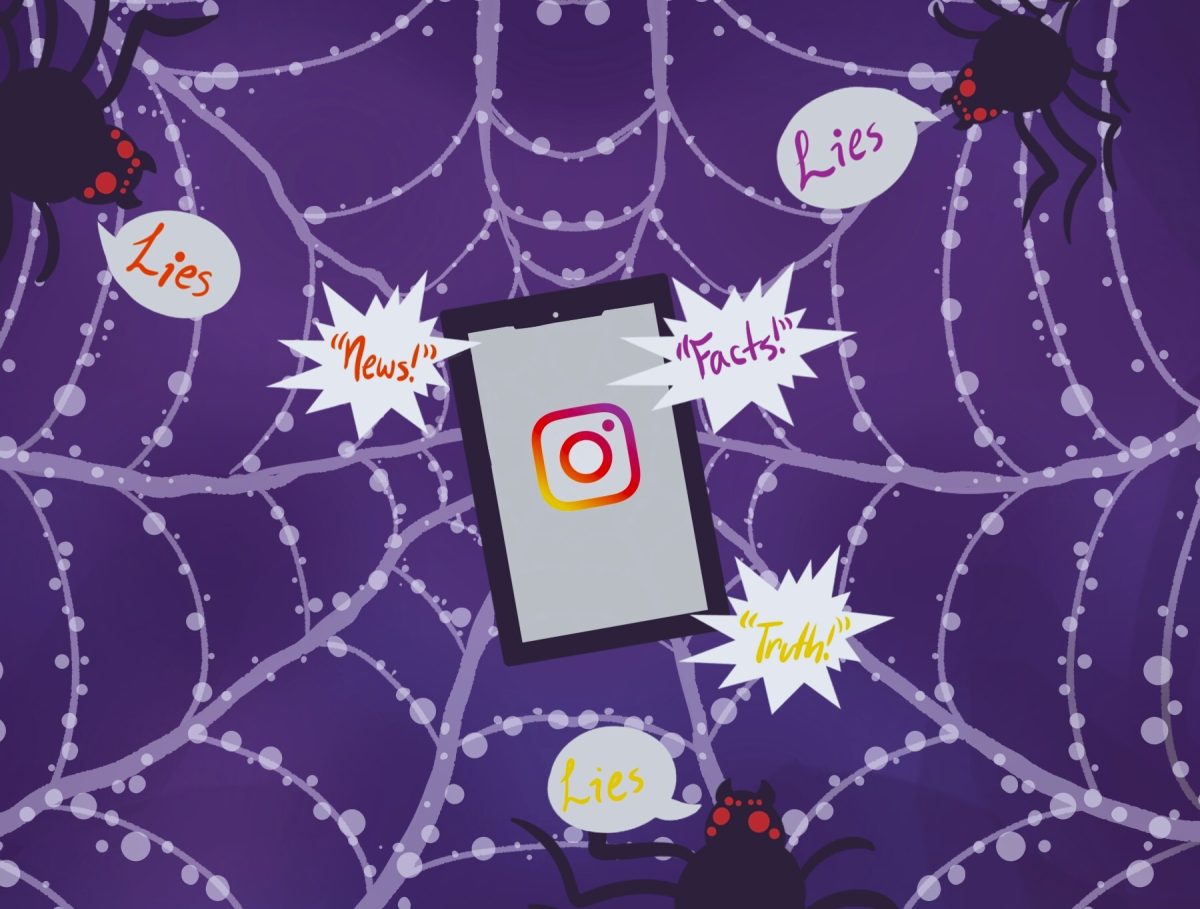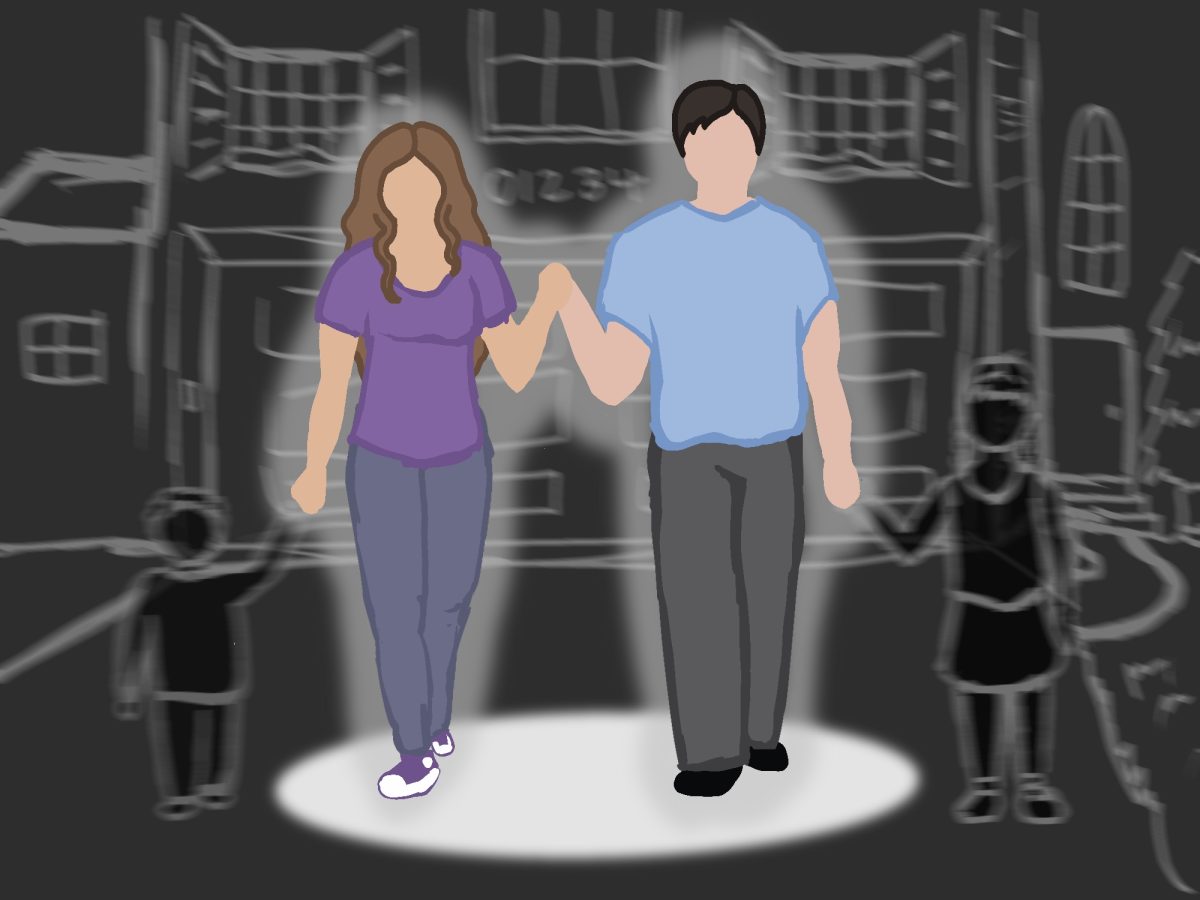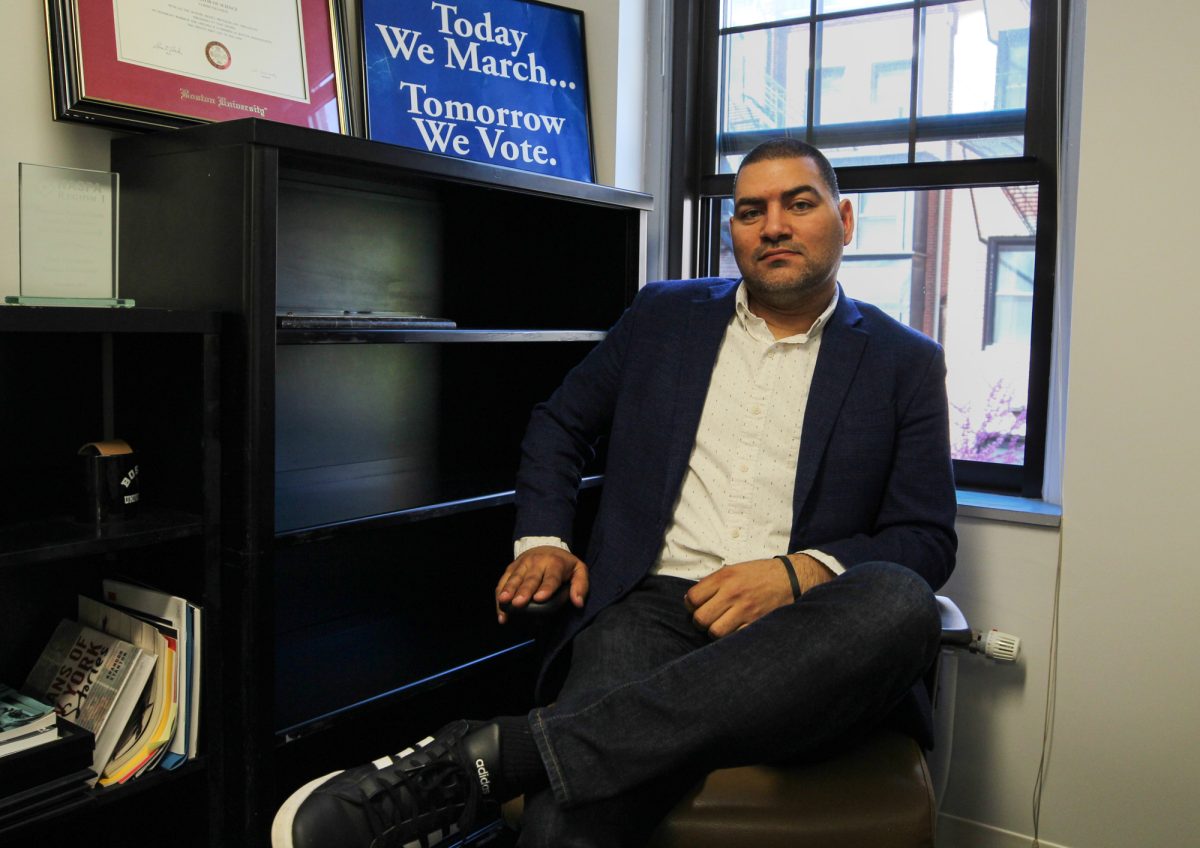I don’t know why some people are scared of doctors. In general, I think, they’re less frightening than pre-med students. But my doctor is a pretty mellow guy, and he’s probably more afraid of me than I am of him.
During my last visit to his office, he didn’t find anything wrong with me. In fact, he was amazed I had managed to lose 30 pounds on my “clinically tested” nothing-but-Warren-Towers-burritos diet. He was going to send me away with a clean bill of health, but I paused on the way out.
“Oh, by the way, doc, I wanted to ask you . . .”
“Yes?” my doctor said.
“What can you tell me about Vicodin, Vioxx, Celebrex, Asmanex, Nasonex and Cialis?”
One imagines that conversations like this are taking place all across America. After all, medicine commercials always end in directives to “ask your doctor about” the latest wonder pill. If all patients followed these instructions, doctors would be fielding questions on everything from Ambien to Zoloft during routine checkups.
Of course, selling prescription pharmaceuticals is probably the toughest job in the advertising world: Drug companies are trying to market products that the law forbids consumers from actually buying (without permission). The best they can do, no matter how good the commercials are, is get patients to ask their doctors for a prescription.
After that, it’s up to the doctors. That’s why drug companies regularly spend large sums of money advertising directly to medical experts. Advertisements have long run in medical journals, and representatives from the pharmaceutical industry lobby individual doctors to make specific prescriptions to their patients. But even doctors who are completely on board with certain drugs can’t write anyone who asks prescriptions for whatever pills they please.
Of course, pharmaceuticals aren’t alone in facing a niche market. But they are alone in having to recite a list of side effects during their commercials. According to FDA rules, if a commercial describes the positive effects of a certain medication, it must also list the potential negative effects.
Some well-known drugs can put on commercials without a product description and thus without a list of side effects. Most advertisers swallow their pride and talk about the potential diarrhea, vomiting, nausea and so on. As a form of damage control, the list of side effects is read in a very pleasant voice; you’ll never hear anybody sound as pleased about the prospect of persistent headaches and abdominal pain as the people who narrate drug commercials. The idea is that if the person speaking is unconcerned about the side effects, you will also dismiss them.
While the list is being read, the standard pharmaceutical commercial shows you fit, smiling people, usually doing something active like running, walking or dancing. These images are supposed to give you the subliminal impression that if you get this medicine, you will be as healthy and happy as they are. (It’s also a lot nicer than showing people experiencing vomiting or diarrhea.)
Advertisers often use these images as the centerpiece of their commercials, using enticing images of health and happiness as a selling point to convince you that the drug in question is good. If you think that your intelligence is being insulted by these shallow, visceral appeals to your emotions, you’re half right. Remember, though, that the alternative is to show you the in-depth results of scientific studies that only specialists could understand. You, who likely couldn’t even analyze the pharmacological properties of Cooler Ranch Doritos, are quite frankly better off looking at the smiling faces than facing the hard facts about whether or not you should be taking Prozac.
To recap: Drug companies are faced with the daunting task of selling you a product you probably don’t need and aren’t allowed to just buy. They can’t tell you how it works, but have to tell you how it might hurt you. As if that weren’t bad enough, they have to spend even more money running a separate, extremely expensive advertising campaign targeting doctors. And in most modern countries, direct-to-consumer advertisements for prescription drugs are illegal; American drug companies are fortunate to be allowed to air commercials at all.
As for us, the general public, we get to see advertisers at their most desperate, admitting shameful downsides to their products and using tacky scenes of happy, plain people going about their daily business. And, hey, if you want to take the commercials’ advice and ask your doctor about your favorite wonder drug, go ahead. Just don’t get carried away and demand prescriptions – there’s no need to waste your money and take pills that might actually harm you.
Don’t scare your doctors. Let them do their jobs in peace.
Aaron Segal, a junior in the College of Arts and Sciences, is a weekly columnist for The Daily Free Press. He can be reached at [email protected].

